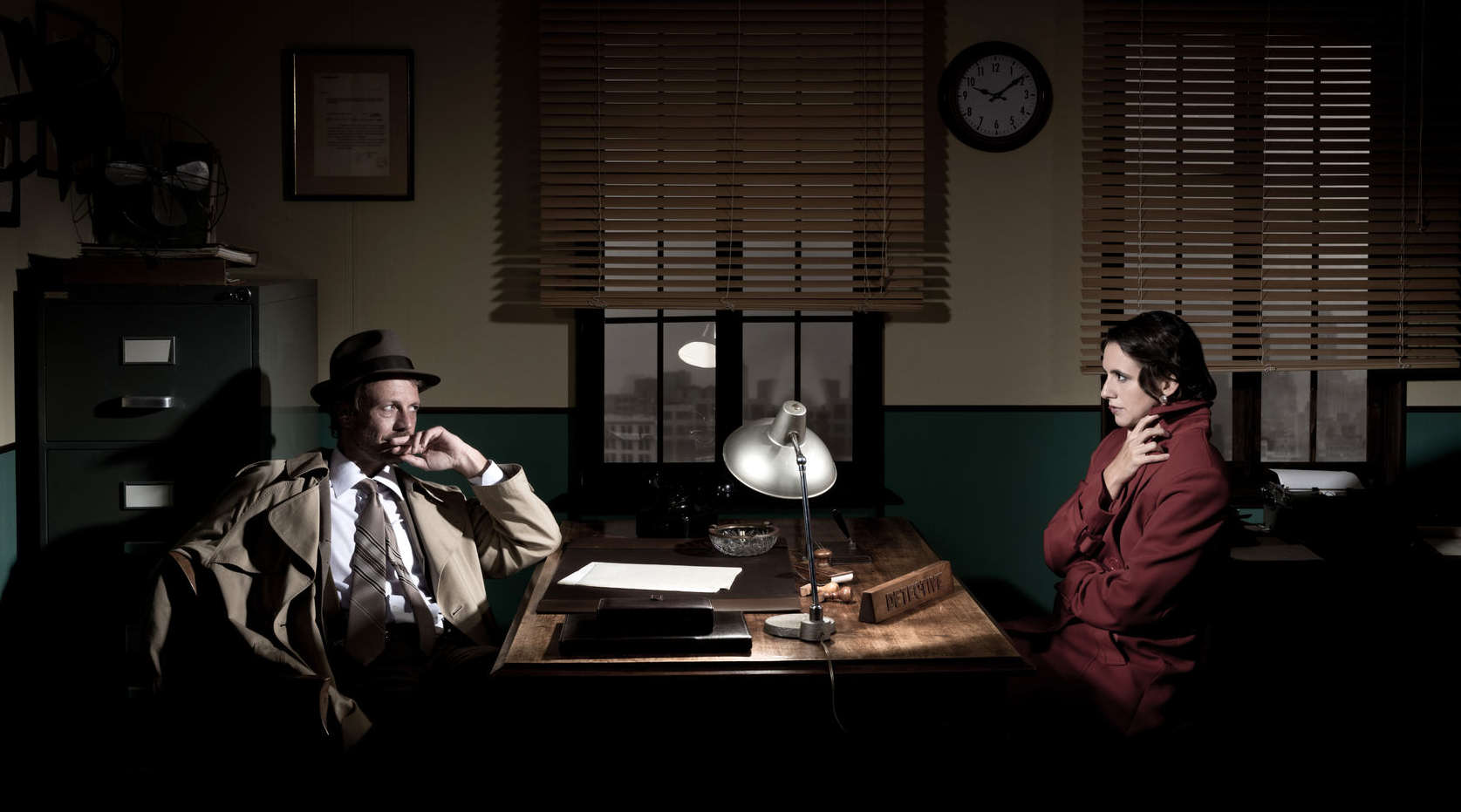

The last car filled with Americans gave a little shudder as the driver pulled into gear. Hands waved in a flurry. Mr. Seefeldt returned the farewell from the top of the flight of stairs that led to the main entrance of the inn. The proprietor of Wycherly’s on the Moor watched until the auto disappeared over the horizon, leaving the surrounding moorland in silence befitting the dreary end of an early September afternoon. As he turned to go inside, Seefeldt noticed movement in one of the flower beds; a second later a hare burst out of its primrose cover, raced across the green turf and leaped into the tangle of yellowing furze and bracken that bordered the impeccable lawn of the inn. A sharp squeal, a tuft of white fur taken on the wind, and all was still again.
There was silence as Seefeldt entered the foyer. Blessed silence as he glanced at the empty reception desk. Blessed silence as he entered the reading room. He chuckled to himself and clapped his hands together. A fire crackled in the broad stone hearth and lent a cheery glow to the sofas and sitting chairs arranged in a semicircle before it. He hastened to straighten a disorderly pile of magazines on a table beside the striped chaise. The topmost, a tabloid he kept meaning to cross off his subscription list, trumpeted the find that had turned his summer business from brisk to frantic and made him a wealthier, if exhausted, innkeeper.
There, on the front page, in all his antique mystery, was the sensation that had brought in American archaeologists by the droves, and even a few Frenchmen. Actually, it had been a team from Ohio that had brought him to light, following a tip from a local peat cutter. They had been poking about the ruins southwest of Hadrian’s Wall for several summers now, unearthing a few beads, shards, and trinkets, mostly in the category of the very unspectacular. The cadaver, though, had raised their activities from a desultory, if disciplined, poking around to a delirious pitch of spade swinging. The find had been wrapped in a cloak, most of which had disintegrated in the eighteen hundred years that had intervened from his burial in the bog to his recent disinterment. Outside of this, the Roman legionary was amazingly intact, from the rawhide fringe on his leather boots to the tiny veins that laced his eyelids as if he had just closed them in gruesome repose. Whatever he had seen in his final moments had twisted his lips into a terrified grimace.
From the first moment of his rebirth, the soldier, whom the archaeologists had dubbed Cincinnatus and the tabloids “Nate”, had been surrounded with controversy. To all intents and purposes, Nate had been accorded a soldier’s military burial. He wore a helmet, a short sword buckled about his waist, and a fearsome iron javelin by his side, but there were curious anomalies in this interment, not the least of which was his presence in burial ground long known to be sacred to the ancient Celts. Celtic talismans had been placed about his neck and attached to his leather breastplate. This had given Nate further notoriety and that was why the tabloid’s cover, accompanied by a full length, full color photo of the sinewy cadaver, was headlined: REVENGE OF THE BOG PEOPLE. Indeed there had been learned speculation that the legionary had been captured and then sacrificed in some obscure, and bizarre, Celtic ritual.
Seefeldt finished his tidying in the reading room and, entering the corridor that led to the garden at the back of the old inn, waved to Mrs. Bonney, still engaged with clearing up the sherry glasses and cake plates in the long window-lined dining room that overlooked the moor.
The rose garden, enclosed in tall walls of hedge, was in something of disarray as well, since here the archaeologists had spent most of the late morning, trading anecdotes of The Summer of Cincinnatus before they had trouped in for their farewell luncheon. The peace among the still blooming hydrangeas and Japanese anemones was soothing and seductive and Seefeldt took the opportunity to slide into a white-painted lawn chair beneath the rose trellis.
(Visit Amazon for a print version)
Digital Subscription
Future issues are emailed on the 1st of each month.



